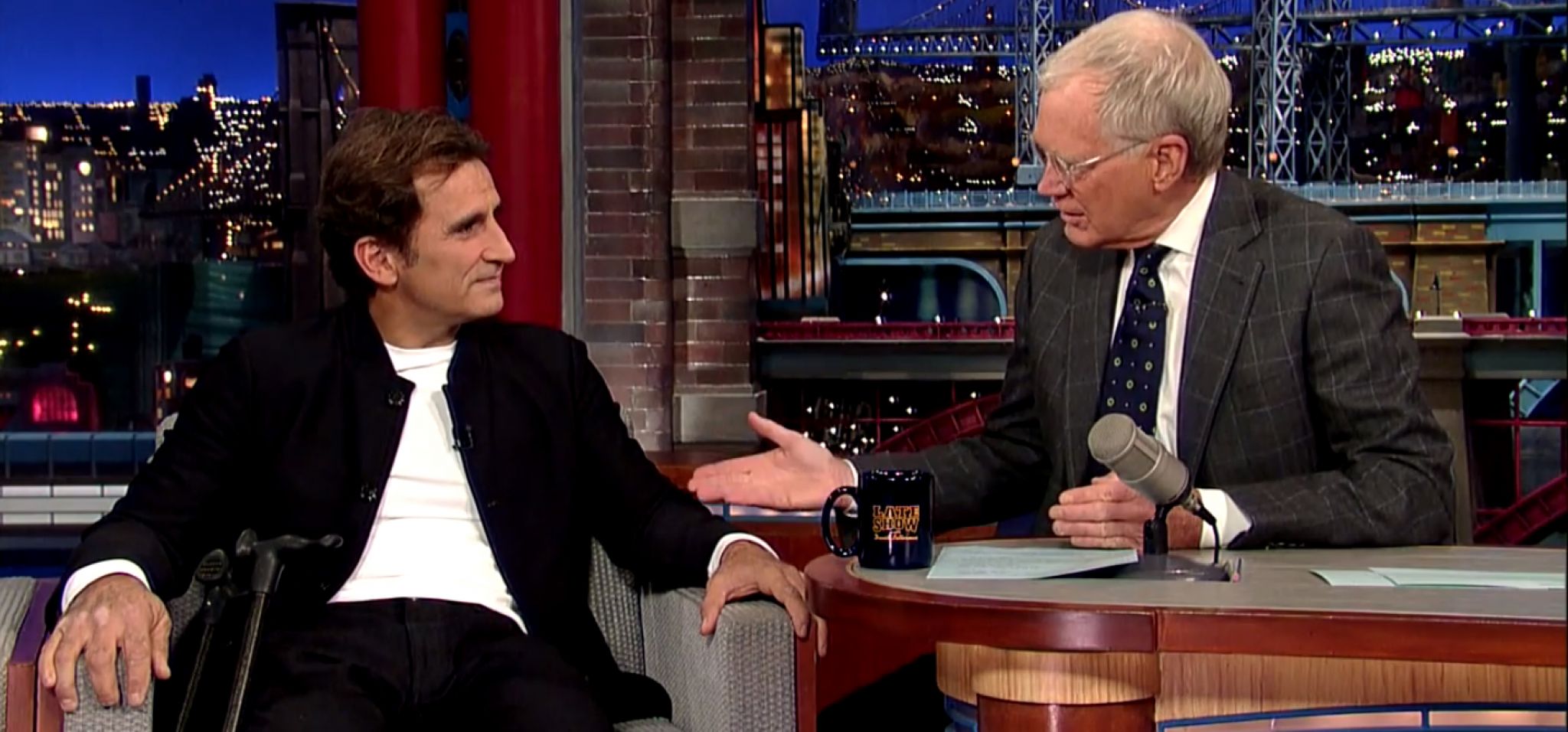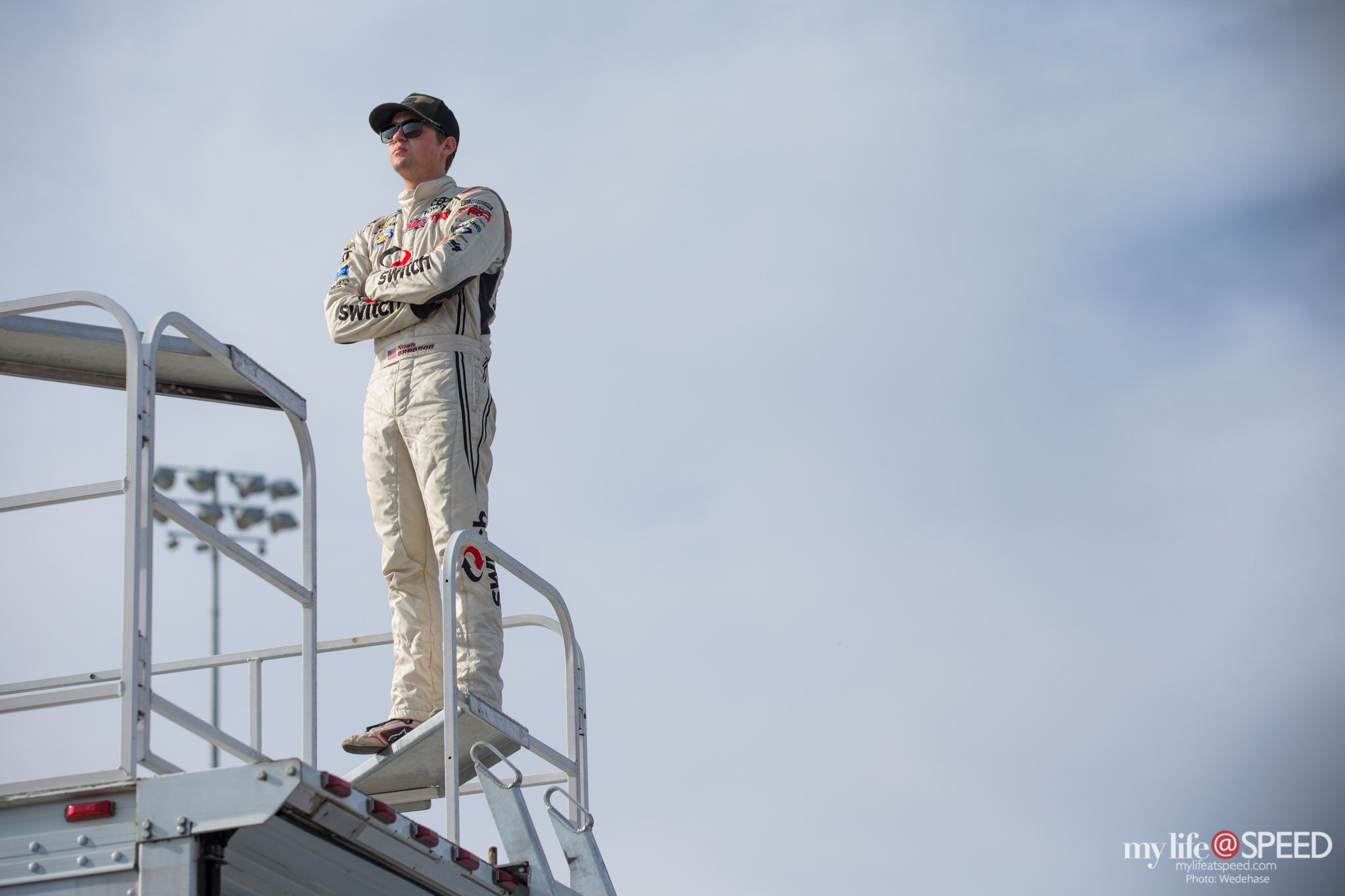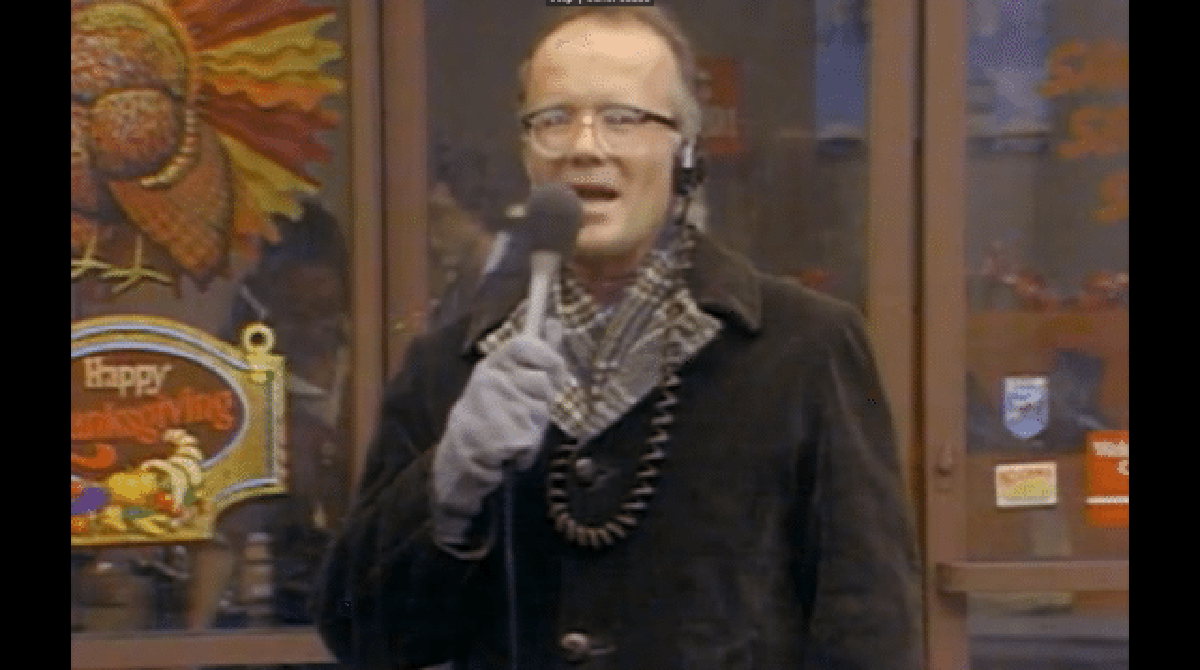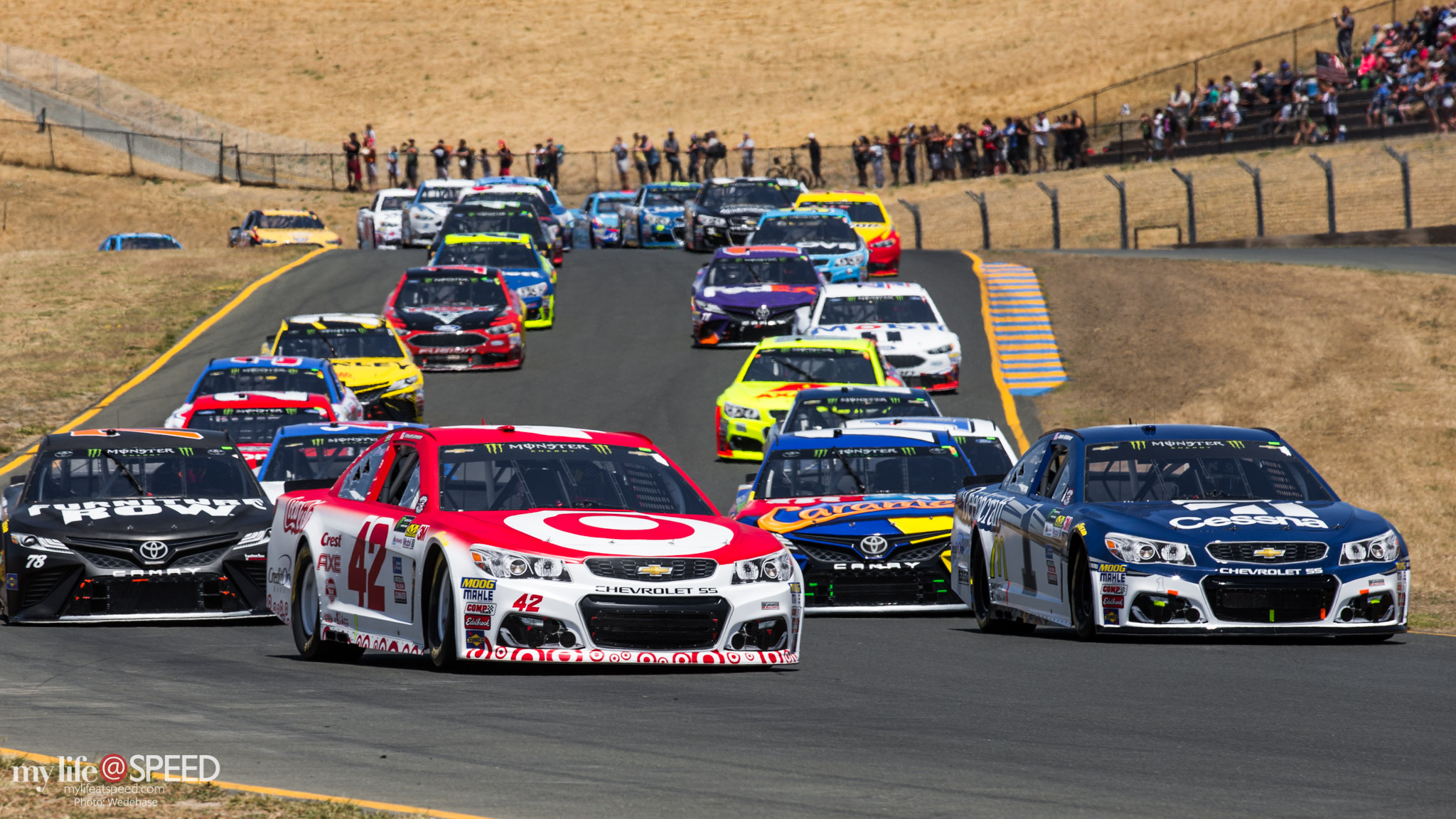YouTube Description: Alex tells David Letterman about meeting Dr. Terry Trammell, in Toronto 3 months after his crash. Trammell was the one who came to Zanardi’s rescue after his tragic crash in 2001.
More about Alex Zanardi and the accident and Dr. Terry Trammell:
Roaring down the straight toward Turn One at nearly 200mph, Patrick Carpentier heard the message crackling in his headphones: ‘Try to beat Zanardi! He’s coming out of the pits. Go! Go!’ Alex Zanardi had been leading for 18 laps, with Carpentier almost a half minute behind. Carpentier saw Zanardi’s car skid onto the rain-slicked grass on the outside of the pit exit road. Saw the car spin and jump just once, high and hard, as it clambered back onto the course. Saw its slicks bounce on the pavement, its rear end swing round. Then the car stopped, its left side facing the feral whine of oncoming traffic.
I missed him by an inch.’ Alex Tagliani was about 10 yards behind Carpentier. He saw him sweep around Zanardi. Then he saw Zanardi’s car in front of him, growing larger as it rose very fast toward him in the grey afternoon light. Tags had no chance. Instinctively, he flicked the wheel left, braced himself with his feet to the floor and heard himself scream, ‘Oh, no!’
Zanardi has no memory of what happened next.
Tagliani T-boned him at nearly 200 mph, the hard carbon-fibre bullet nose of his 1,550-pound missile striking Zanardi’s car between the left front wheel and the cockpit with such force that it blew away the front of the chassis. The nose of Tag’s car lifted on impact, like a powerboat bucking a wave.
The collision had thrown pieces of his car as far as 200 yards: tyres and wheels, rods and screws, sockets and cones. Thousands of razor-fine fragments of carbon fibre had flown like shrapnel. Worst of all, the crash had taken off Zanardi’s lower legs – his right at the knee and his left at the thigh, four to five inches above the knee. ‘The force of the crash was so violent that it didn’t cut his legs off,’ says Steve Olvey, CART’s director of medical affairs. ‘It blew them off. It was almost identical to what happens to soldiers who step on land mines.’
Terry Trammel, CART’s orthopaedic consultant, heard the radio call as he sped in a truck towards the crash: ‘We need a doc here right away!’ He saw Zanardi through the window of the cab. His leg veins and femoral arteries were running like hoses. Muttering ‘Oh, shit! Oh, shit!’, Trammel leapt from the cab. He reckoned he had about 135 seconds to save Zanardi. ‘You’ve got three minutes or less to stop the bleeding, and I figured we were already 45 seconds behind,’ he says. Trammel had also seen what he thought was an oil slick in front of the wreck. Running to Zanardi, the doctor slipped. He looked down and saw blood pooling at his feet. Zanardi was still sitting in the car, his stumps pointed down, and the pull of gravity was draining him white. ‘There are huge veins in the middle of the thighs,’ says Trammel, ‘so it was like taking a bucket and poking a hole in the bottom of it.’
After more slipping, Trammel dropped to his knees and walked on them to Zanardi. He worked as fast as his hands could move; he opened an airway and barked at the crew: ‘We’ve got to shut down the blood flow! I need some compresses!’ Bromley brought him thick pads of gauze. Trammel staunched the bleeding in the right leg; there was enough loose tissue and skin to fold over the wound, and around that he wrapped a remnant of the leg of Zanardi’s suit, padding it with gauze. The wound in the left leg, however, Trammel could not close. Compression bandages did not work. He was almost out of time. ‘I need a tourniquet!’ he shouted. He did not look up. Like an surgeon, he held out his right hand while pressing the stump with his left. Crewman Mike Young offered his belt. Trammel slipped it over the cone-shaped stub of thigh as high as it would go and drew it tight. The hemorrhaging stopped.
Trammel was trying to stick an IV needle into Zanardi’s left shoulder to stabilize his blood pressure when he saw the belt slip down the thigh. The artery was spewing blood again. Trammel dropped the needle and tightened the belt. He went back to the IV. Again the belt slipped loose. Every time Trammel took both hands off the tourniquet, the belt squirmed down the slippery thigh. So he held the belt with his left hand while trying to insert the IV needle with his right. ‘What was left of the thigh was so torn up that it was like putting a tourniquet on Jell-O,’ he says.
By July, on his first trip back to a CART race since the crash, Zanardi’s priorities had shifted. He walked up and down the pitlane in Toronto on his crutches, greeting old friends. He bumped into Tagliani outside his pit and the two men embraced. And later Zanardi said that racing again was not in his mind.
For a while, he did not give up on the chance of racing cars again some day: ‘Maybe in three months the desire to go back to racing will grow inside me so much that I’ll work very hard toward it. It will be bloody difficult, but life is a fight, and I am always fighting. I never say never.’
Zanardi would go on to race a BMW Z4 GT3 in the Blancpain GT Series in 2014 and was among the athletes honored at the closing ceremony of the London 2012 Paralympic Games. His return to the podium – winning two golds and a silver for handcycling – is one of many inspirational stories behind the competition.
Clearly, his desire came back as strong as Zanardi did.




